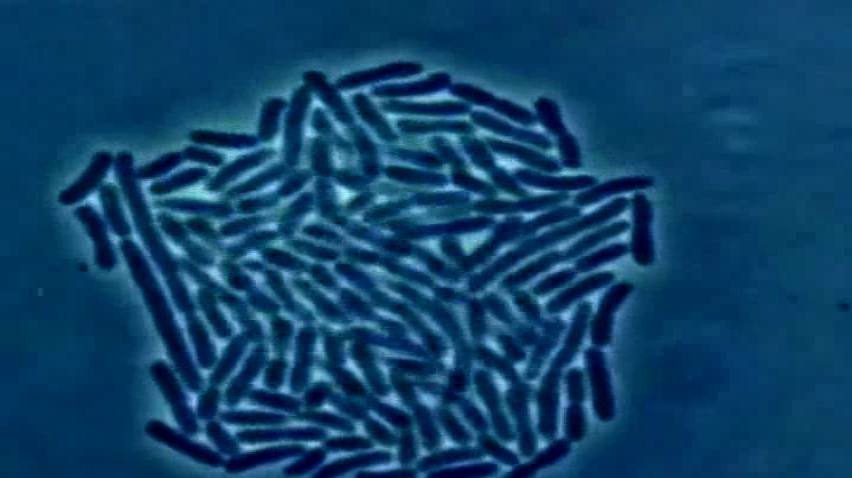Study: Antibiotic Use in Animals Projected to Soar

March 23, 2015
Share
People around the world are eating more meat: chicken, burgers, bacon. And the rising consumption of animal protein will lead to a staggering increase in the use of antibiotics in farm animals, according to a new study.
The use of antibiotics in livestock is predicted to rise an estimated 67 percent from 2010 to 2030, according to a study published last week in the Proceedings of the National Academy of Sciences. The countries that will see the largest increases in antibiotic use — 99 percent — include Brazil, India, Russia, China and South Africa.
Scientists and public health officials fear that the overuse of antibiotics is leading them to lose their effectiveness against a range of previously treatable diseases, and fueling the rise of potentially deadly antibiotic-resistant bacteria. As FRONTLINE reported in The Trouble with Antibiotics, there is growing worry that the use of such drugs in food animals may even have an effect on human health. According to the Centers for Disease Control, at least 2 million people are infected by drug-resistant bacteria every year in the United States, and at least 23,000 people die because of such infections.
“The invention of antibiotics was a major public health revolution of the 20th century,” said Ramanan Laxminarayan, the study’s senior author and Director of the Center for Disease Dynamics, Economics and Policy, in a statement. “Their effectiveness — and the lives of millions of people around the world — are now in danger due to the increasing global problem of antibiotic resistance, which is being driven by antibiotic consumption.”
According to the study — carried out by researchers from the CDDEP, Princeton University, the International Livestock Research Institute and the Université Libre de Bruxelles — two-thirds of the projected increase in antibiotic use is because more animals are being raised for consumption. As farmers raise more animals, they are also shifting toward “factory farm” style practices, where antibiotics are used not just to treat sick animals but to prevent disease and promote growth.
Last year, the Food and Drug Administration reported a 16 percent increase in the amount of antibiotics sold for agriculture use between 2009 and 2012 in the U.S. alone. The FDA has moved to reduce the use of antibiotics for the purpose of making animals grow faster, but the effort has met stiff resistance from drug makers, the farm lobby and some in Congress.
Related Film: The Trouble with Antibiotics
FRONTLINE investigates the growing crisis of antibiotic resistance.
Correction: An earlier version of this story stated that the FDA “has been urging livestock growers to voluntarily phase out the use of antibiotics to make animals grow faster.” The FDA policy is instead geared toward drug sponsors, who have been asked to voluntarily revise the labels of medically important antimicrobials to keep them from being used for production purposes. Once they do, livestock growers would be prohibited from using the drugs for growth promotion.

Related Documentaries
Latest Documentaries
Related Stories
Related Stories
Policies
Teacher Center
Funding for FRONTLINE is provided through the support of PBS viewers and by the Corporation for Public Broadcasting. Additional funding is provided by the Abrams Foundation; Park Foundation; the John D. and Catherine T. MacArthur Foundation; and the FRONTLINE Journalism Fund with major support from Jon and Jo Ann Hagler on behalf of the Jon L. Hagler Foundation, and additional support from Koo and Patricia Yuen. FRONTLINE is a registered trademark of WGBH Educational Foundation. Web Site Copyright ©1995-2025 WGBH Educational Foundation. PBS is a 501(c)(3) not-for-profit organization.



















